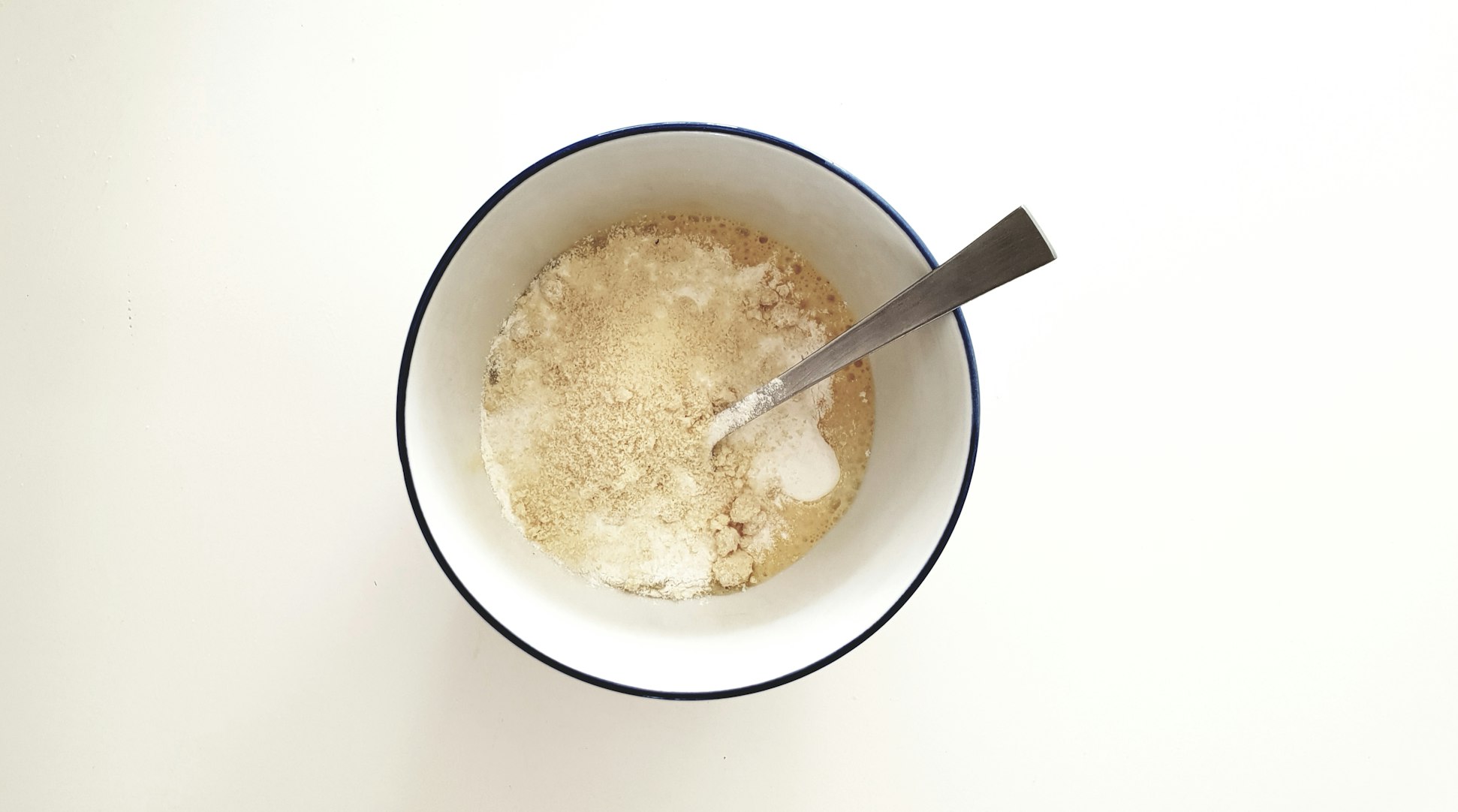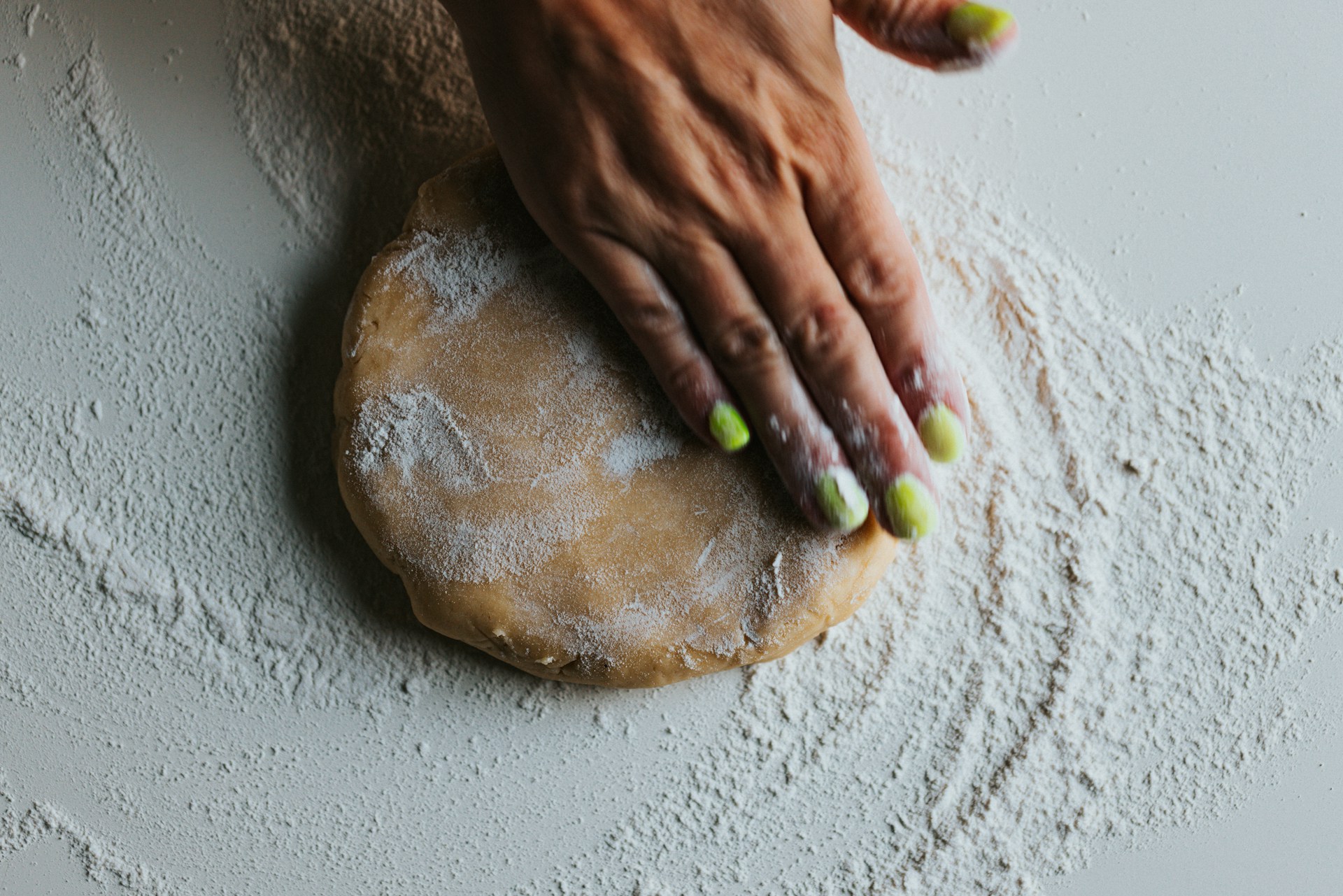In the ever-expanding universe of superfoods, rice flour often flies under the radar. Yet, this humble ingredient, derived from finely milling rice grains, is a nutritional powerhouse that offers a plethora of health benefits alongside its culinary versatility. In this blog post, we’ll explore this in depth—its definition, uses, benefits, how to incorporate it into your diet, its historical significance, and even some fun facts that might surprise you.
What is Rice Flour?
Rice flour’s roots run deep, especially in Asian cultures where rice is a staple food. Its use dates back thousands of years, with evidence of rice cultivation and consumption in China around 10,000 years ago. Over the centuries, it became integral to various traditional dishes, reflecting its enduring significance.
Rice flour is made by grinding it into a fine powder. Depending on the variety used, it can be categorized into white rice flour, from polished white rice, or brown rice flour, from unpolished brown rice. This distinction affects not only the nutritional content but also the applications of the flour in cooking and baking.
A Superfood Disguised in Simplicity
Often overshadowed by more exotic superfoods, it is a nutritional gem. Here’s why it deserves the superfood status:
- Gluten-Free: A boon for those with gluten sensitivities or celiac disease, providing a safe alternative to traditional wheat flours.
- Rich in Nutrients: Brown rice flour, in particular, is high in fiber, B vitamins, and essential minerals like magnesium and iron, supporting overall health.
- Low Glycemic Index: It provides a slower release of energy, helping in blood sugar management.
Culinary Uses and Applications
Rice flour’s neutral flavor and gluten-free properties make it a versatile ingredient in the kitchen. Here’s how it can be used:
- Baking: Substitute wheat flour with rice flour in your baking recipes for gluten-free alternatives.
- Thickening Agent: It’s excellent for thickening soups, sauces, and gravies without altering their taste.
- Coating: Use it for a crispy coating on fried foods.
- Noodle Making: It is the base ingredient in many traditional Asian noodle recipes.
Incorporating Rice Flour into Your Diet

Adopting this into your daily meals is straightforward:
- Start Your Day Right: Use it to make pancakes or muffins for a nutritious breakfast.
- Healthy Snacking: Prepare crackers or biscuits with it as a healthy snack alternative.
- Innovative Meals: Experiment with making gluten-free pizza bases or bread with rice flour.
Fun Facts
- A Festive Essential: In many parts of Asia, it is used to make traditional sweets and snacks during festivals, symbolizing joy and prosperity.
- Versatile Beyond the Kitchen: It isn’t just for eating; it’s used in making eco-friendly, biodegradable utensils and in skincare products as a natural exfoliant.
- Record-Breaking Ingredient: The world’s largest rice cake, made in South Korea in 2003, was primarily composed of rice flour, showcasing its cultural and culinary importance.
It may not be the first ingredient that comes to mind when you think of superfoods, but its nutritional profile, health benefits, and versatility make it a worthy contender. Whether you’re exploring gluten-free cooking, aiming to improve your dietary habits, or simply curious about incorporating more wholesome ingredients into your meals, rice flour offers a world of possibilities waiting to be discovered. Its rich history and the fun facts surrounding it add layers of intrigue to this modest yet mighty flour.



